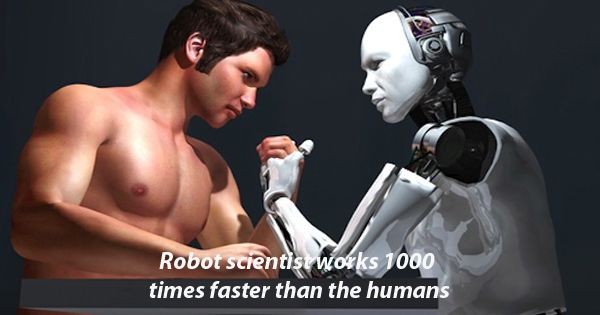A team from the University of Liverpool could probably make it. Revealed in Nature on Wednesday, the team designed a robot that was capable of experimenting with chemistry 1000 times faster than its human counterparts. Professor Andy Cooper, whose lab created the robot, told The Verge that speed is not necessarily the point. The main advantage of such a tool, he says, is that it allows scientists to discover research methods that will not waste any human time. The idea is not to do things we used to do fast but to do bigger, more ambitious things that we wouldn’t try to do otherwise.
The robot is designed to fit small and average lab settings, making it versatile for a variety of task arrays – it is even able to rotate itself around the lab. Using a single robotic arm, the robot worked straight for eight days and completed 688 tests with a very low error rate. The results of the experiments are promising, but Cooper notes that he never told anyone to continue the research, given how long it would take and how it could distract them from their studies. “If you tell someone to do it, they could lose their entire Ph.D.,” he says. For a machine, however, the potential advantages outweigh the disadvantages at any given time.
The robot itself is not without its cost. Cooper said the initial hardware cost between $ 125,000 and, 150,000. The machine navigates labs using LIDAR, the same laser-based technology found in self-driving cars. This means it can be operated in the dark and it will not be confused by changing the state of light. It manipulates lab equipment using an industrial arm made by the German robotics company Kuka, although some machines have to adapt to its use. The robot made a huge discovery by choosing which of the 98 million different options should be spontaneously tested – a photocatalyst is six times more sensitive than currently available. The team hopes that the catalyst will help reduce the environmental impact of hydrogen production and can continue to assist in the discovery of robotic components.
















